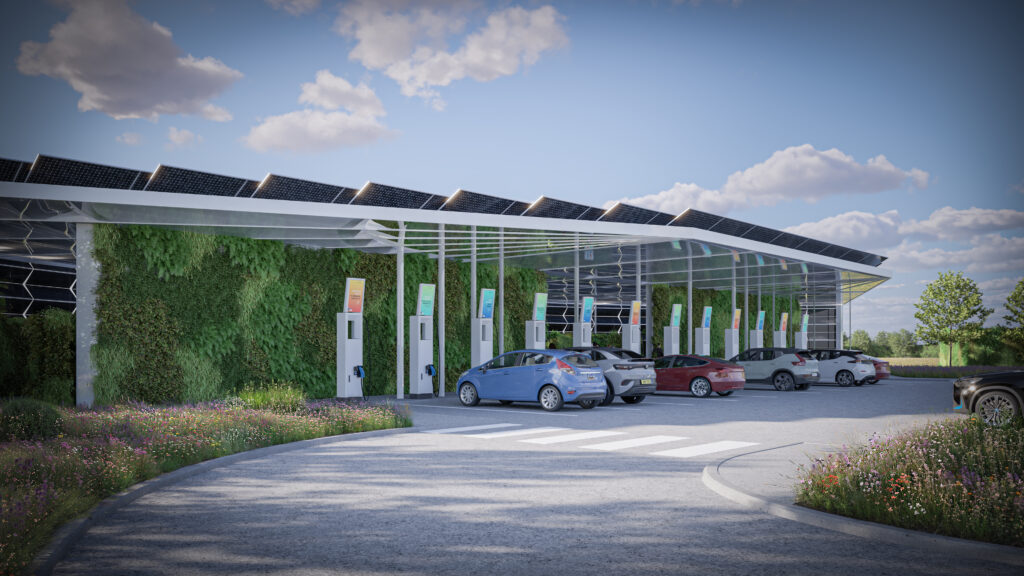Can the nature-inspired Solarpunk movement turbocharge the adoption of electric vehicles in the logistics industry? Alex Hearn from Lightstate explains how the movement’s marriage of the practical and the aesthetic can improve the sector’s sustainability and the wellbeing of its drivers.
The logistics industry stands at a critical juncture, compelled to slash emissions and embrace sustainability to combat today’s environmental challenges. According to BEIS, the transport sector accounts for 28% of total greenhouse gas emissions, with road transport a primary contributor. Last-mile delivery, an integral part of logistics, is particularly emissions-intensive, with vehicles clogging urban centres and adding to air pollution.
EVs are poised to play a huge role in mitigating this negative environmental impact. With the Labour Party’s manifesto commitment to reinstating the 2030 ban on ICE vehicles, the transition will come even sooner. However, the widespread adoption of EVs in logistics is contingent on overcoming challenges. This includes the development of innovative and user-centric EV charging infrastructure tailored to the unique requirements of fleet operators and drivers.
The Solarpunk movement, deeply rooted in principles of sustainability and optimism, presents a compelling blueprint for this transformation. By seamlessly integrating technology with nature-inspired designs, we can create EV charging hubs that serve the practical function of recharging vehicles and rejuvenating havens for drivers.
However, this vision extends beyond mere aesthetics. It aims to foster community engagement and cultivate users’ profound sense of belonging. Consider the plight of HGV drivers in the EU, who spend upwards of nine hours on the road at any given time. The job is inherently demanding and exhausting, exacerbated by the extended charging times required for EVs compared to their traditional counterparts.
Now, envision a future where EV charging stations transcend their utilitarian roots to become serene sanctuaries along the route. Here, fleet drivers can pause to unwind, recharge, and indulge in amenities while their vehicles replenish their energy. Such spaces would enhance the drivers’ experience and provide a much-needed boost in energy, enhancing concentration and focus for the journey ahead.
By prioritising fleet operators’ and drivers’ needs and wellbeing, we can elevate EV charging stations into vibrant hubs that transcend their functional purpose. These central charging points would serve as more than mere pit stops; they would become oases of rejuvenation, revitalising both vehicles and their drivers for the journey ahead.
As the logistics sector charts its course towards sustainability, the role of EV charging infrastructure cannot be overstated. It needs to be more exciting and vastly better than what we have today.
By embracing the Solarpunk ethos and designing with nature, we can build a network of charging hubs that inspire and delight, reinforcing positive environmental messages and fostering a hopeful and confident future. Transformative shifts like this are crucial in alleviating climate anxiety and propelling us towards reversing climate damage with a sense of hope, purpose, and optimism.
By making EV charging efficient but also enriching and empowering for those at the heart of the logistics industry, we can pave the way for a greener, more resilient future.





